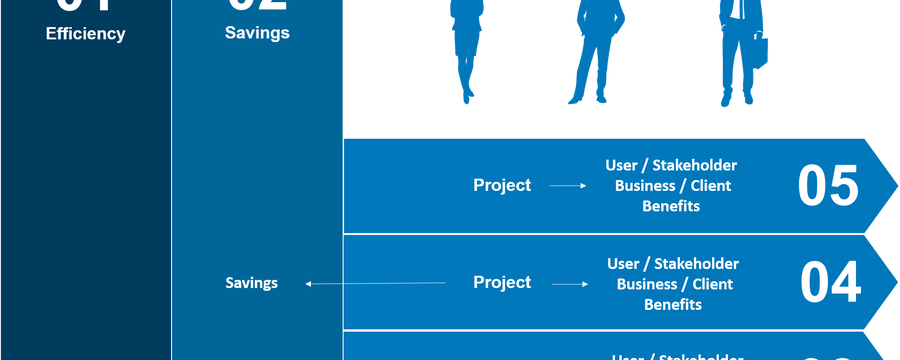Is Purchasing ready for an hybrid Measurement logic?
by Dr Hervé Legenvre
The question “How do we measure purchasing performance?” allways ends up in lively conversations and a sense of imperfection. The measurement culture in procurement is dominated by a logic where “one size fits all” measures that are be turned into “easy to cascade” targets.
This is not viable for Purchasing teams who grow in maturity. These teams need to adopt an hybrid measurement logic and a targeted communication approach. But before describing what I mean by this, lets look at a key questions
Why do we measure Performance?
Measures help us take informed decisions, setup priorities and improve. In the context of Purchasing we expect them to deliver three other roles:
First, they provide a license to operate to purchasing by convincing the CFO and the CEO that Purchasing is an efficient and effective organisation.
Second, they need to demonstrate the added value of purchasing to the company as a whole.
Third, they need to motivate people to contribute to a broader compelling vision
What is an hybrid measurement logic in purchasing
When we measure efficiency and savings we focus on the first role described above but it is unlikely that we hit the next two. This is why we need to adopt an hybrid measurement logic where we measure:
Efficiency and savings at aggregated levels.
Projects outcomes, focusing not solely on financial impacts bus also on the business benefits of each projects
Individual contributions to projects to recognise people perfomance and capabilities.
 In such an hybrid system, the CPO gets measured on efficiency and savings and on 3 key projects with high business impacts. This would be the same for the next level of management. Then buyers would be measured on their key projects business outcomes and when the project is a great success the buyer could be recognized (together with the cross-functional team) for their unique contributions.
In such an hybrid system, the CPO gets measured on efficiency and savings and on 3 key projects with high business impacts. This would be the same for the next level of management. Then buyers would be measured on their key projects business outcomes and when the project is a great success the buyer could be recognized (together with the cross-functional team) for their unique contributions.
What about communication?
In such an hybrid measurement logic, communicating the right message to the right people is paramount:
Efficiency and savings results should be communicated to the CFO
Project outcomes should be communicated to the stakeholders. Here the focus should be on the tangible and intangible business benefits
Individual and team recognition should be made visible to buyers as a way to motivate, emulate and share great practices.
Share this:
- Click to print (Opens in new window)
- Click to share on Facebook (Opens in new window)
- Click to share on LinkedIn (Opens in new window)
- Click to share on Twitter (Opens in new window)
- Click to share on Google+ (Opens in new window)
- Click to share on Pinterest (Opens in new window)
- Click to share on Skype (Opens in new window)
- Click to share on WhatsApp (Opens in new window)





.png?resize=960%2C750)